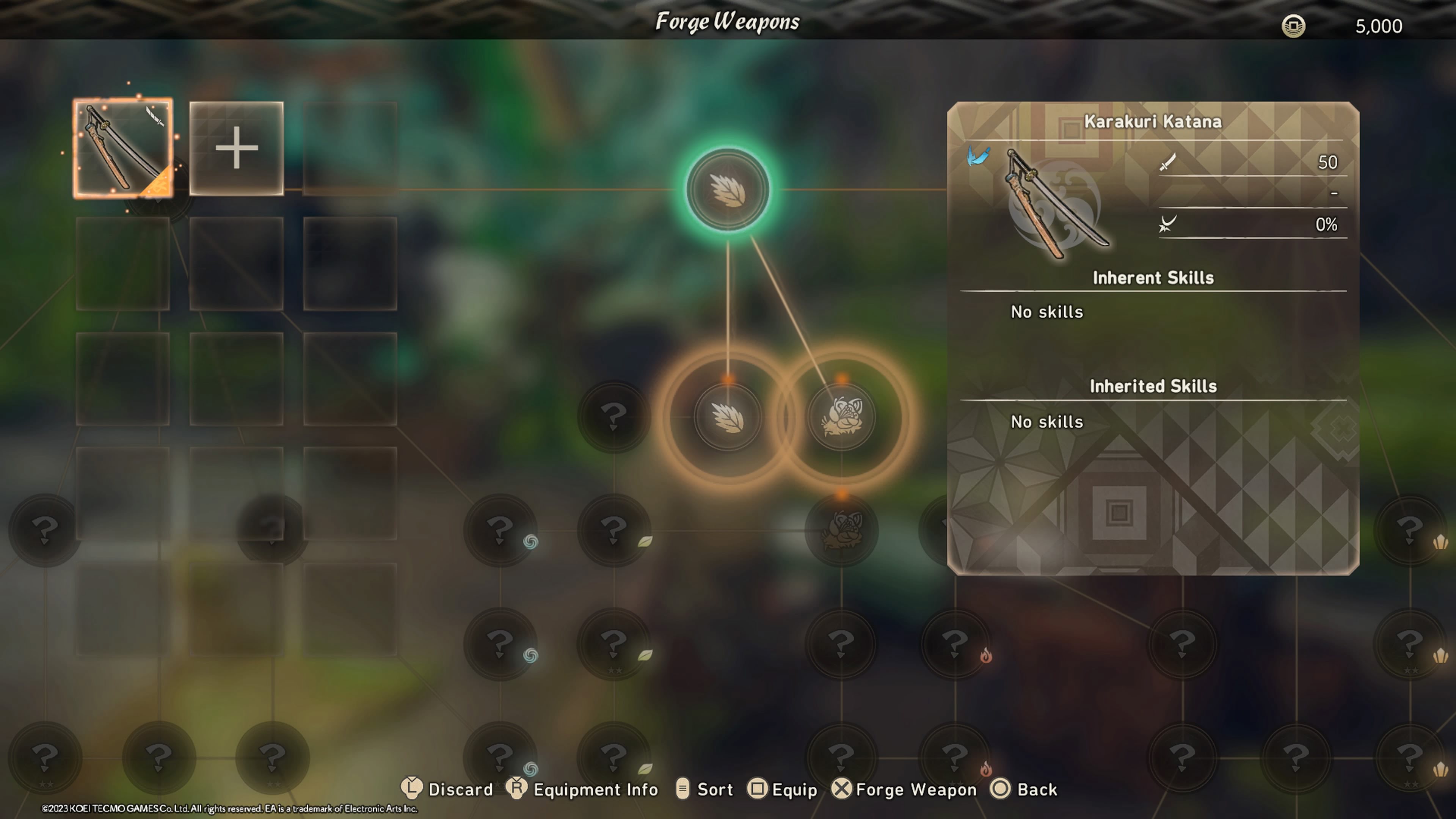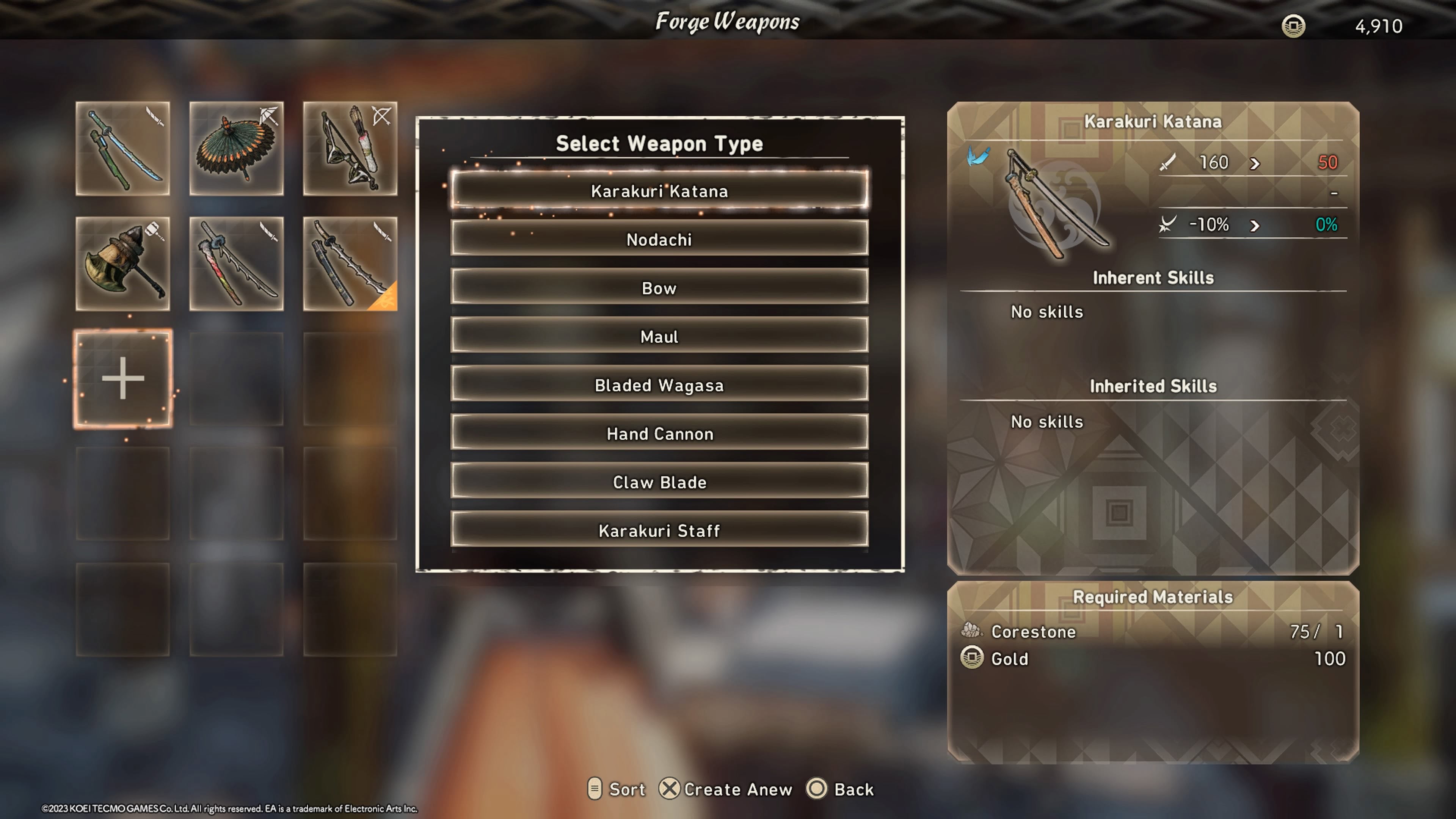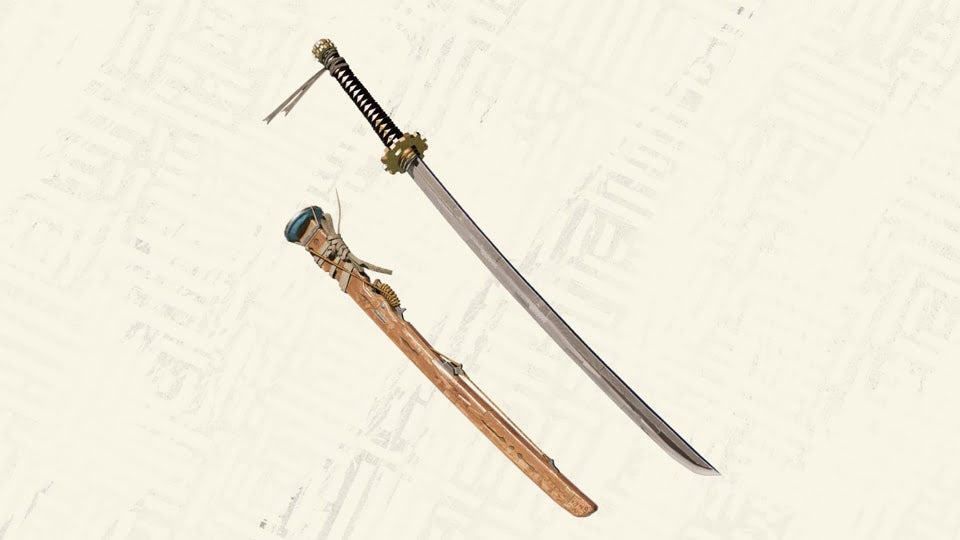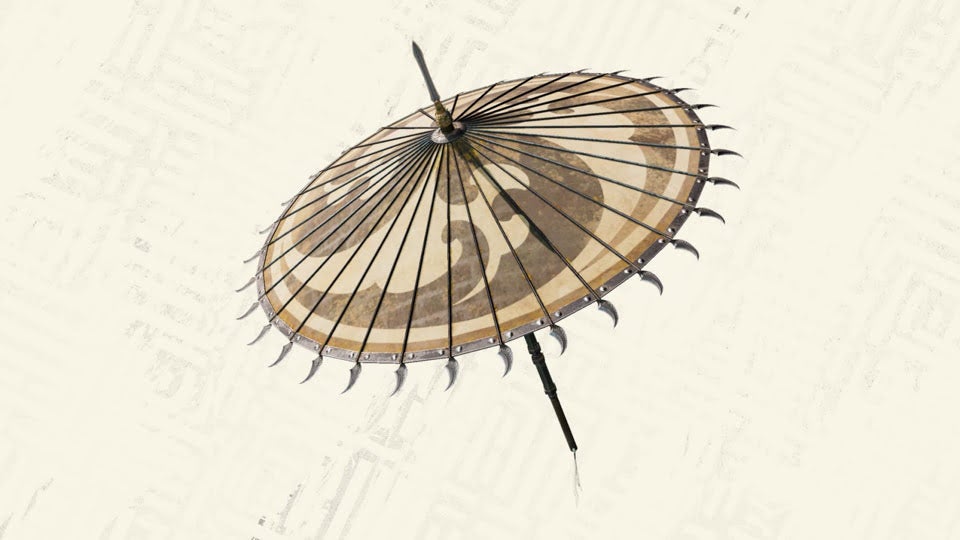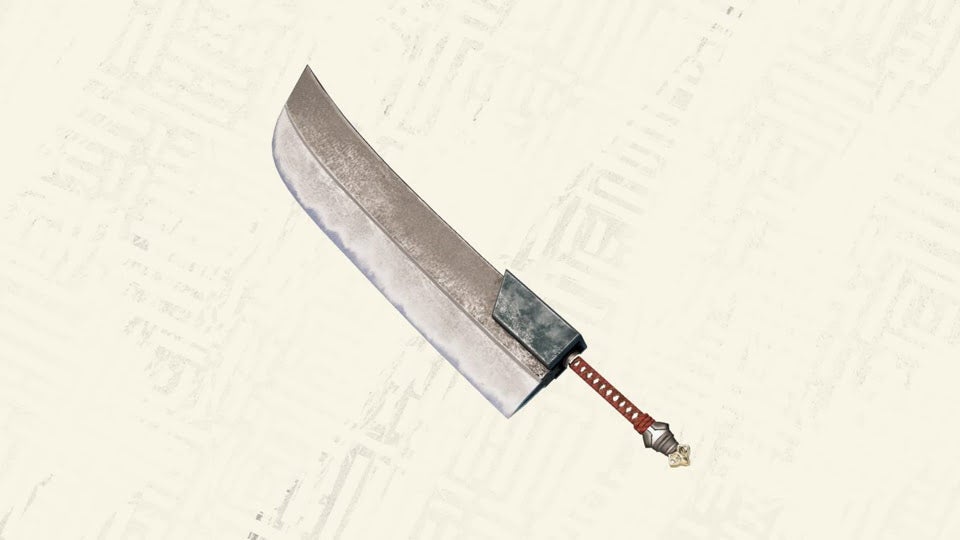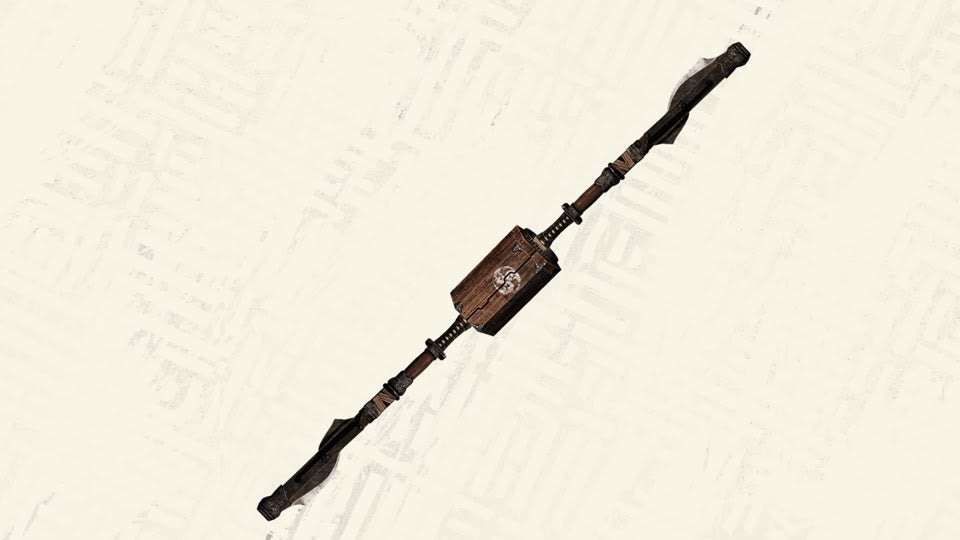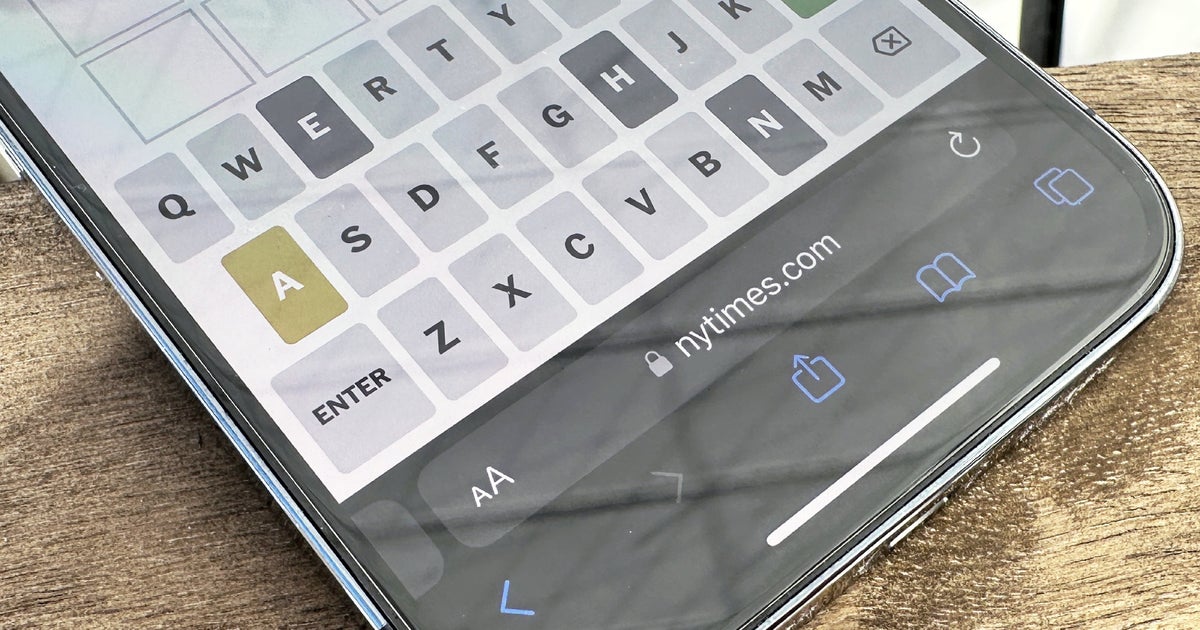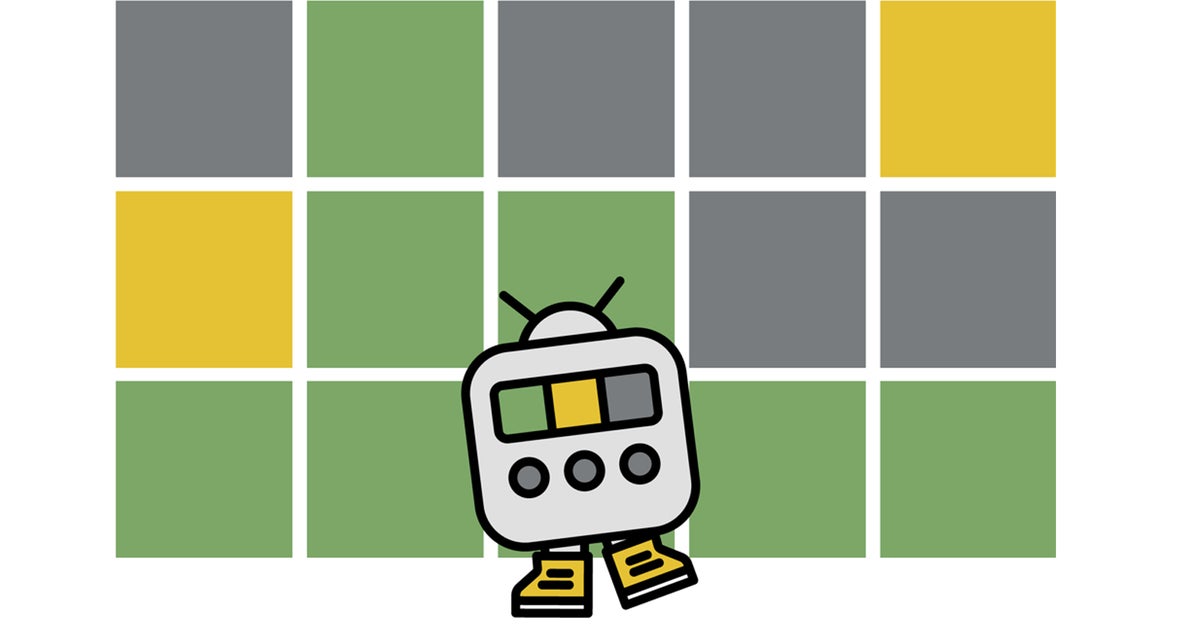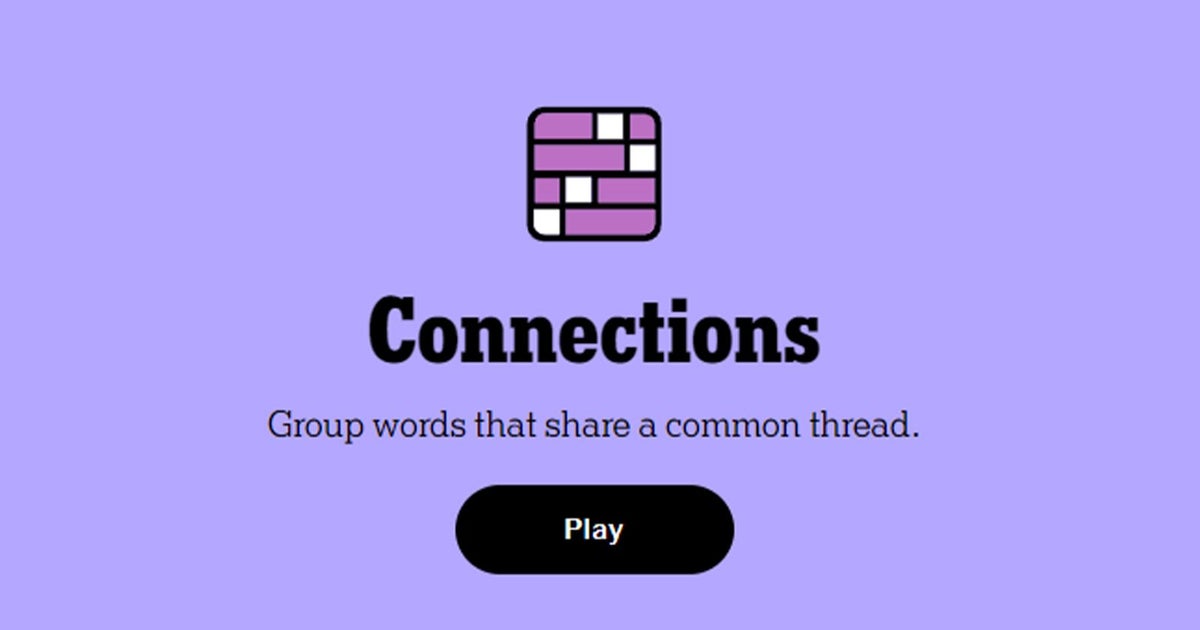wild hearts offers players a diverse range of weapons to choose. As in similar games like Monster Hunter, Dauntless and Toukiden, these are your tools of the trade – chances are you’ll rotate between a few favorite weapons during a game of Wild Hearts, logging countless hours and many trips to the blacksmith.
You can freely switch between different weapons at almost any time, so don’t feel like you have to fully commit to just one. The training dummy on the sidelines of your first base camp will give you a good idea of what each weapon type in Wild Hearts has to offer, though mastery will only come from fighting Kemono and experimenting. of the game’s mechanical Karakuri.
This Weapon of Wild Hearts guide will provide a overview of each weapondetailing their movements and techniques, while examining the upgrade process And which weapon is best for solo players.
On this page:
List of Wild Hearts weapon types
Each weapon is defined by several characteristics, including damage, range, and speed, as well as its own unique combos and mechanics. As for which is better, that depends on your own playstyle and preference, whether it’s unleashing a rapid flurry of blows, carefully timing heavier attacks, or supporting other hunters from the sideline.
In Wild Hearts, there are a total of eight weapons, although only five of them are accessible from the start of the game, after its brief tutorial stage. These include:
- Karakuri Katana
- Manhandle
- Blade Wagasa
- Bow
- Nodachi
How to Unlock Hidden Weapons in Wild Heart
You will notice that three of the available weapon classes are grayed out with a ‘?’ symbol and can only be used later in the game. So how do you unlock them?
Luckily, you don’t have to wait very long without needing tedious grinding or meeting high demands. This trio of bonus weapons will all unlock at once, after defeating the Earthshaker Kemono and returning to Minato Village. Visit Natsume or use any Field Forge to craft the following three weapons:
- Karakuri Staff
- claw blades
- hand cannon
Weapon crafting and upgrades in Wild Hearts explained
Crafting a weapon is simple and only requires a small fee of 100 gold and a common base stone. This will give you a base version of this weapon which can then be upgraded by trading resources for upgrades, taking you down one of the many intertwining paths available.
There’s a wide range of choices available – in our Wild Hearts Beginners Tips Guide, we suggest having at least two or more of each weapon so you can follow different leveling paths.
These upgrades grant a number of bonuses, whether it’s a uniform increase in damage, imbuing a weapon with certain elements, gaining passive skills, or any combination of the three. When leveling up, our advice is always to experiment and adapt your loadout to tackle the toughest hunt on your to-do list.
Wilds Hearts offers players the convenient option to undo upgrades and refund valuable crafting materials if you wish to choose a different path.
Wild Hearts Weapon Previews
Now that you know more about crafting and upgrading, let’s talk about the weapons themselves. While each has their own unique moveset and combat abilities, there is some overlap in how they control, making it easy to switch between them.
Here’s a helpful profile of Wild Hearts weapon types and how to use them effectively:
Karakuri Katana
Your go-to weapon and, having come across hundreds of hunters since Wild Hearts launched, an undisputed favourite. The katana has three attack inputs each with its own multi-button combo. Throwing a special slash in a light or heavy combo will trigger a powerful finisher, unleashing a flurry of slashes or performing a wider cleave that repositions you behind your target respectively.
The katana also has a gauge which, when full, can be used to temporarily transform your weapon into a barbed blade that will strike multiple times when landing blows while extending its maximum range.
Manhandle
A hulking blunt weapon like the Maul may not have the same flashy appeal as some of the more exotic blades Wild Hearst has in its Kemono hunting arsenal. However, his incredible stopping power, rhythmic attack pattern, and aerial strikes make him a reliable choice.
Its unique mechanics are simple to learn. During a combo, the Maul will flash between moves, signaling you to press the special button that will supercharge your next attack if timed correctly. Getting a feel for that button-pressing rhythm won’t take long, though the Maul’s slow swings can leave you exposed if you over-commit, especially when trying to complete a combo finisher. Luckily, it has additional functionality with charged heavy attacks that launch you into the air. These can be looped to deal multiple hits to otherwise hard to hit aerial targets.
Blade Wagasa
Although not a particularly complex weapon, the Bladed Wagasa is perhaps the most difficult to master. For what? In order to harness the massive damage potential of this deadly umbrella-shaped instrument, it takes perfect timing and a keen sense of Kemono’s attack patterns, carefully studying their behaviors.
It’s the only weapon that can parry and it will power up the Wagasa’s “spindance” gauge and can link into a devastating counterattack. However, lining up those counters means putting yourself in direct danger – fluff a few parries in a row and you could end up losing one of your precious lives. It’s also worth noting that your weapon gauge depletes when you’re not attacking. Therefore, the Wagasa is designed for experienced hunters who enjoy high-pressure, risk-reward gameplay with high momentum.
Bow
The bow is one of two ranged weapons Wild Hearts has to offer. In truth, it’s not the most exciting to play with, turning the game into more of a third-person shooter than the melee action game advertised. That said, it’s not uncommon to find plenty of hunters wielding bows while exploring Azuma, raining arrows down on unsuspecting Kemono.
The bow can quickly switch between two stances – a quick-firing stance used to cover a Kemono target in arrows, and another that allows for more powerful, charged shots that will blast those lodged arrows for big damage. This establishes a rhythm when using the bow, and if used with precision, you can make quick work of Kemono hitting their weak spots, especially once you’ve mastered the more advanced attacks of the bow. ‘bow. It’s not the most ideal weapon for solo play, though it does lend itself beautifully to a support role in online co-op.
Nodachi
Much like the Maul, the Nodachi may feel too slow and heavy for those approaching Wild Hearts expecting it to play like Devil May Cry or similar high-octane action games. Every swing of this giant blade must be deliberate – rewarding clever timing and situational awareness by ripping chunks out of a Kemono’s HP.
There can only be one light attack combo, but using a heavy slash will allow you to reposition quickly, then flush and repeat. To get the most out of the Nodachi, you need to focus on using its Iai attacks, hold the special button to charge the weapon gauge, then release for a devastating hit. Watching those giant damage numbers appear on screen is extremely satisfying, but may require too much patience for a novice hunter.
Karakuri Staff
This weapon looks more complicated to use than it actually is. It almost feels like Omega Force took a handful of weapons meant for the cutting room floor and fused them together.
With the push of a button, you can switch between the staff’s four mutation forms, each with their own special Karakuri attacks and properties. These forms include a Shaolin-style long staff, twin knives, a war pike, and a gnarled-looking jumbo shuriken. With a well-timed button press, you can change forms mid-combo, powering up the weapon gauge for increased damage. You can then spend that gauge to unleash a finishing move that transforms the weapon into a colossal juggernaut blade. Again, looks can be deceiving – Karakuri’s Staff is fairly easy to understand, though memorizing the attack properties of its various forms is essential for expert-level play.
claw blades
Channel your inner shinobi with these deadly ninja-style knives, using fast ground and air combos to quickly increase your weapon gauge. You can then “Claw Plunge” into your target, creating a phantom tether that allows you to pull yourself towards them to keep up the pressure, or push them back when you feel they’re about to retaliate. It’s very Attack on Titan.
Claw Blades are easily the most nimble weapon class Wild Hearts has to offer, allowing hunters to spin rings of even the nimbiest Kemono the game throws at you. It’s the perfect choice for those who favor an all-out attacking style of play, although stamina management is key. Mastering their aerial movement also takes a lot of practice.
hand cannon
The only other ranged weapon available in Wild Hearts and far more technical than the bow. Basic shots will graze your target’s health bar as well as your ammo which can be replenished by standing within range of deployable Ki bases.
You will also need to monitor the Hand Cannon’s temperature gauge. Too many successive shots will cause overheating, rendering the weapon useless until it cools down again. There is an element of risk and reward in play, however. Hitting a Kemono with a Mortar-like Special Attack will cause a Red Ki Base to form where Cannon-armed Hunters can stand to unleash a barrage of fire that makes Monster Hunter’s Bowguns look like peashooters.
What is the best weapon to play solo with Wild Hearts?
There’s a reason Wild Hearts throws you with the Karakuri Katana. It’s a superb all-rounder that’s easy to pick up and master with decent damage, range, and repositioning ability. Plus, the combos are flashy and fun to use, giving Wild Hearts an energetic action gameplay edge with plenty of depth as you encounter more difficult Kemono and learn to use a variety of Karakuri.
Good luck in Wild Hearts!
Table of Contents



